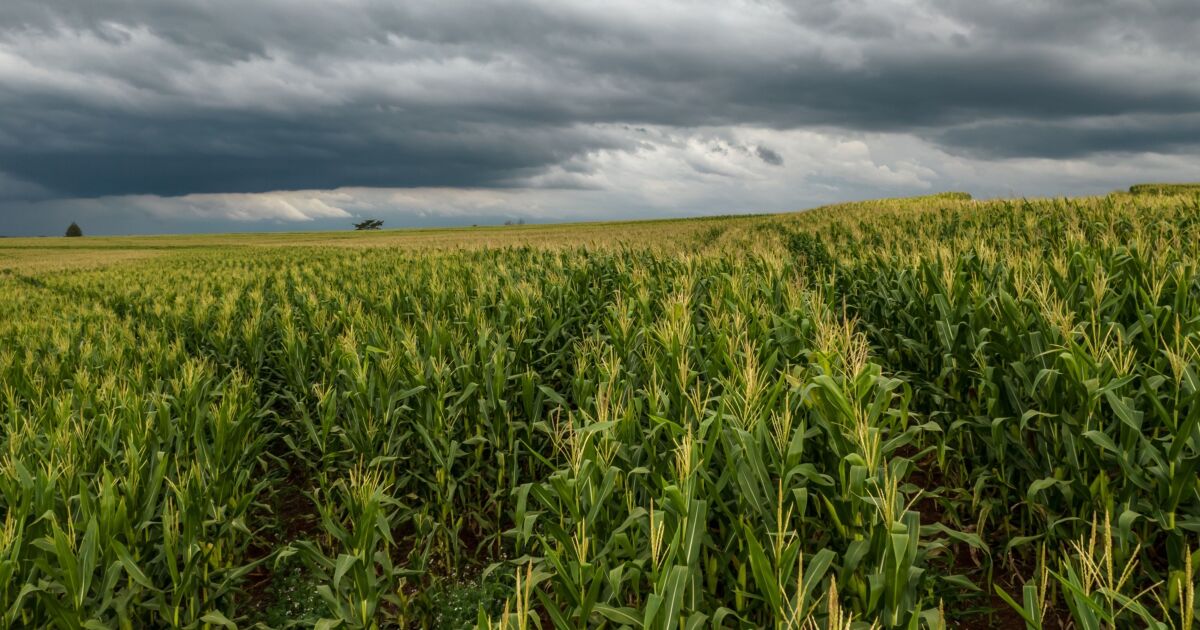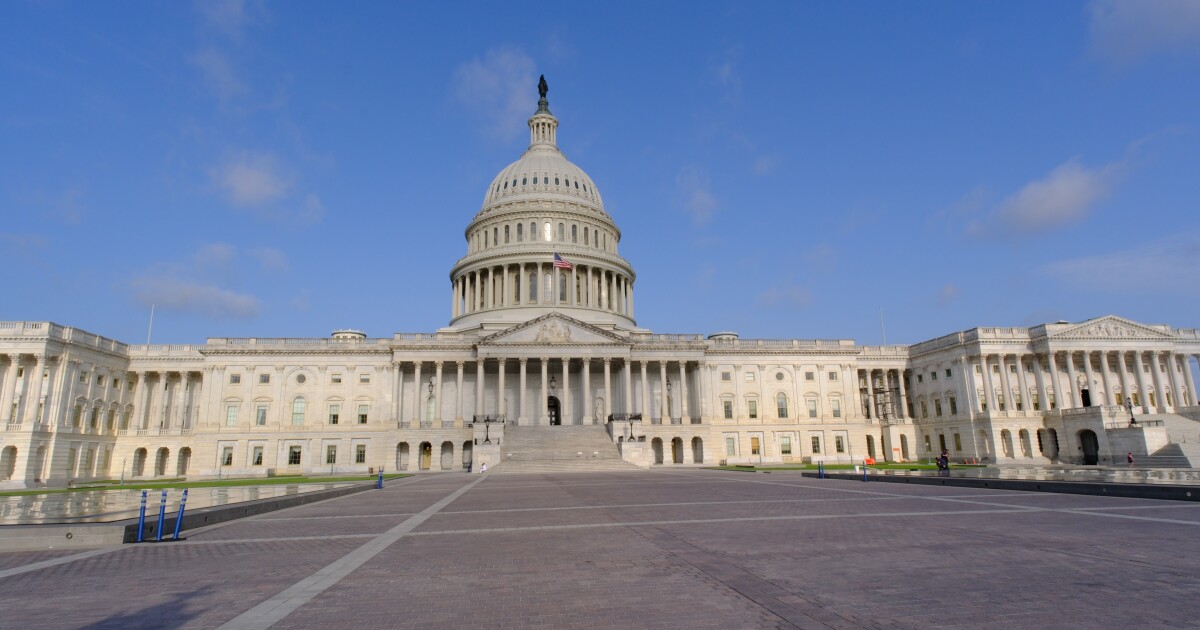
Higher production costs and soft commodity prices intersected with a return to pre-pandemic levels of direct government payments and a
Ag lending by U.S. farm banks — those institutions with specialties in the industry — grew 6.7% from the prior year to $110 billion, the ABA said.
"Farm banks continued to enjoy solid performance in 2023, with robust loan growth and
In 2023, the ABA said 98.1% of farm banks were profitable, with 53.5% reporting an increase in earnings. Coming off of all-time low delinquency rates the prior year, the median noncurrent rate at farm banks inched up 3 basis points to 0.23% in 2023. This included loans 90 days or more past due and loans in nonaccrual status. By comparison, the noncurrent loan ratio for the broader banking sector was 0.27%, the ABA said.
The association's report — an analysis of data from the Federal Deposit Insurance Corp. and U.S. Department of Agriculture — examines the performance of the nation's 1,442 banks that specialize in agricultural lending. ABA defines farm banks as those with a ratio of domestic farm loans to total domestic loans greater than or equal to the industry average.
Many of these banks are community lenders that cater to small farm operations. The report found that, at the close of 2023, farm banks held 639,694 small farm loans worth more than $44.6 billion, including $9.2 billion in micro farm loans at the end of 2023. A small farm loan is a loan with an original value of $500,000 or less and a micro farm loan of $100,000 or less, the ABA said.
A turbulent year may lie ahead, however, the USDA cautioned in its own
But U.S. supplies grew too rapidly in 2022 and into last year. With parts of the global economy slumping, demand has since declined and crop prices have fallen. Pandemic-era government assistance programs for farmers also wound down last year.
What's more, while inflation has dropped from its 2022 peak, it remains elevated and, as such, the Federal Reserve is keeping interest rates near the highest level of this century to combat high prices. This makes
The
"People expect 2024 to be a tougher year," said James Mintert, director of Purdue's Center for Commercial Agriculture.
The ABA concurred.
"Moving forward in 2024, the agricultural sector will continue to face challenges due to monetary policy actions targeting persistent inflation in the U.S. as well as reduced federal support," Srinivasan said.
He added that farm banks have built strong capital reserves and remain liquid and prepared to manage potential economic headwinds. Equity capital at farm banks increased 14% to $47.2 billion in 2023, and Tier 1 capital increased by 6.8% to $53.7 billion, according to the ABA.
The banking industry overall — not just farm banks — lends into the ag industry. At the end of 2023, U.S. banks held nearly $199 billion in farm and ranch loans, the ABA said. According to its report, banks held more than 1.1 million small farm loans worth $70 billion at the end of 2023, including more than 687,000 microloans worth about $15 billion.



